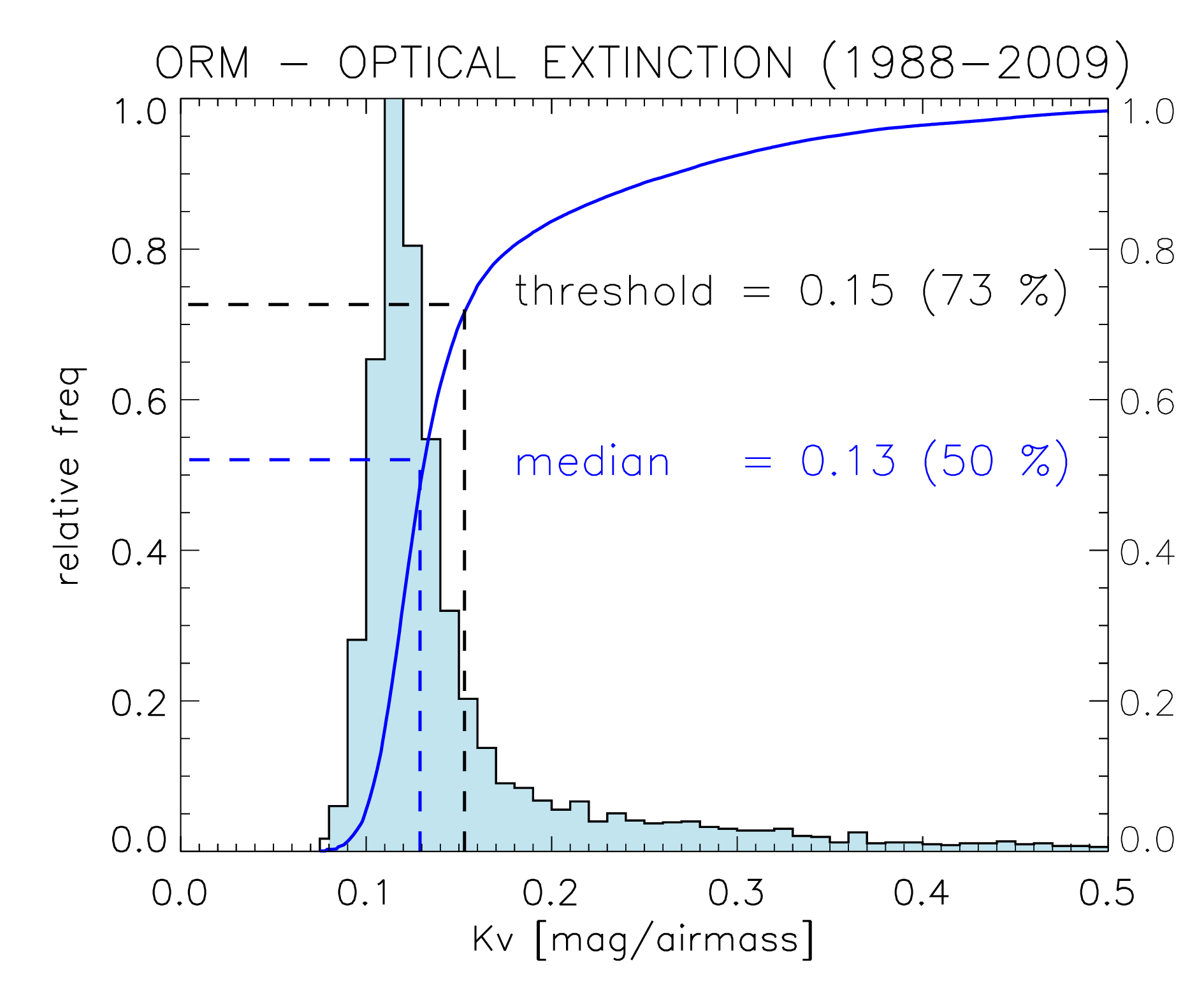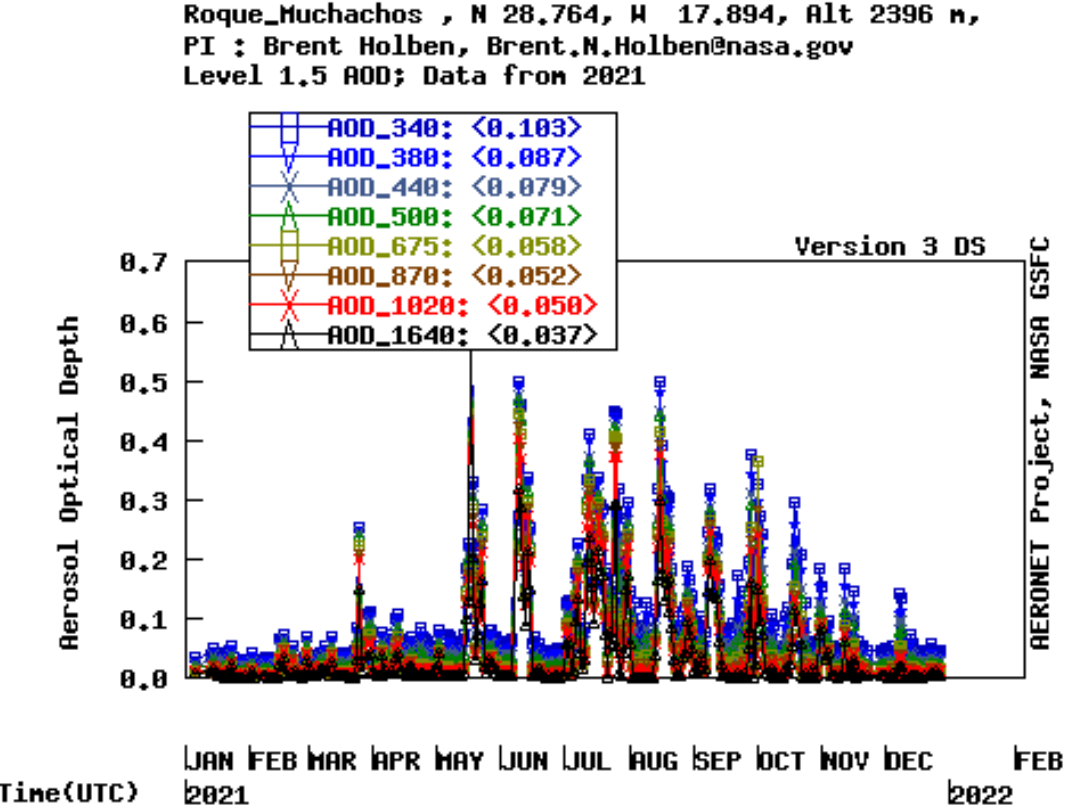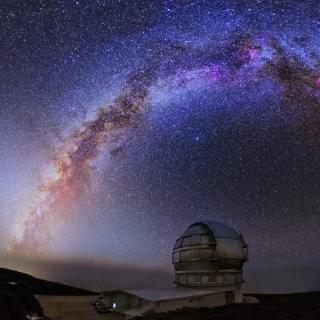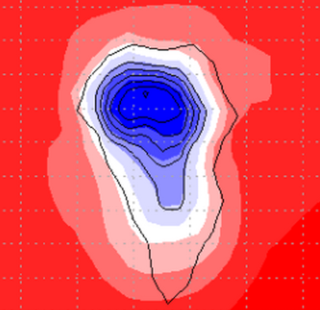Atmospheric extinction evaluates the transparency of the sky. It can be defined as the amount of light from an astronomical object that is scattered or absorbed by the Earth's atmosphere and not captured by ground-based telescopes, especially in the visible range.
The Aerosol Optical Depth (AOD) is defined as a normalized (0-1) measure of the opacity of the atmosphere due to the aerosols distributed within a column of air from the ground to the top of the atmosphere.
The main atmospheric processes impacting the extinction are spectroscopic molecular absorption of light by some molecules in the atmosphere at specific wavelengths, elastic collisions of photons with all atmospheric molecules (Rayleigh scattering) or aerosols (Mie scattering), and reflections and dispersion by clouds. Considering clear skies, Mie scattering with aerosols is the most variable. Therefore, the AOD is often used as equivalent to the extinction.
The usual level of extinction is extremely low both at ORM and OT. However, monitoring variations due to episodes such as calima dust incursions is vital for the quality of the astronomical observations.
The extinction is characterized by the extinction coefficient (Kλ), measured in magnitudes·airmass-1 for the wavelenght λ. There are different techniques to estimate the extinction, based on Sun photometers, LIDAR, etc. but the most common technique in Astronomy is the absolute calibrated stellar photometry in spectroscopic bands. Two automatic telescopes fully devoted to measure the extinction with this technique are currently being developed by the Sky Quality Team (COXMo project).
The international network AERONET measures day-time AOD with Sun photometers in a range of wavelengths sensitive to mineral dust intrusions at both observatories.
The now decommissioned Carlsberg Meridian Telescope provided extinction values in V band (KV) at ORM from 1984 to 2013. A complete analyses of this long database was carried out by Garcia-Gil et al, 2010. The following plot summarizes the results. The threshold value of 0.153 mag·airmass-1 is the limit for considering a scenario free of dust and clouds, or photometric time, (Guerrero et al, 1998). The median night-time V band extinction at the ORM is 0.130 mag/airmass-1. The photometric time is 73% (KV < 0.153). The median KV in summer is 0.131 mag·airmass-1 and 0.129 mag·airmass-1 for the rest of the year (non-summer).

An extensive AOD study in Tenerife (including Izaña, 1.5 km from OT) analyzing AERONET data, was carried out by Laken et al (2016). Dust is strongly stratified in height and, therefore, only about 20% of all dust outbreaks impacting the Canary Islands reach the observatories. July–August calimas are more likely to reach the summits of the islands, but during November–May it scarcely happens.
The results at OT agree with what is being recorded at the ORM (same height than OT, but ≈140 km western-ward). The next figure shows a typical year of AOD recorded by AERONET at the ORM in wavelenghts ranging from 340 to 1640 nm.




